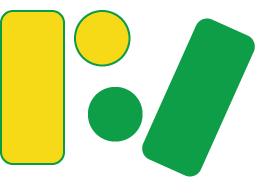Objective:
Optimizing the capacities of the school systems to welcome an increasing presence of immigrants and to offer flexible and integrative paths for language acquisition by third country nationals.
Priority and specific objectives:
- Analysis of the different policies developed at national and regional level (according to the distribution of competences within the individual Member State) with a view to facilitate the exchange of good practices in the field of linguistic integration of immigrants in primary schools;
- Identify success patterns at micro-level (including pilot projects) where new methods and approaches are developed and tested;
- Capacity building and exchanges for key actors in primary education systems
Problem addressed:
For children immigrated in the EU the knowledge of the language spoken in the host country is the basic element of success or failure in the educational system of the host country.
- How is it possible to optimize the educational system to welcome an increasing presence of immigrants und make them able to be succesfull in primary school? Are there any predictable criteria of quality?
- Is a sustained didactic knowledge about the instructional language as a second language a specific integration related issue?
- Is the systematical consideration of the first language a predictor for success in learning the instructional language as a second language?
- Are there any other criteria based on the personality of the teacher?
Through the comparison of regional and national data of educational systems, the questionaires of the teachers and the success of learning the instructional language as a second language it will be possible to make out general quality criteria of succesfull teaching instructional language as second language. This is the guarantee for children immigrated in the EU to be successfull in the educational system.
